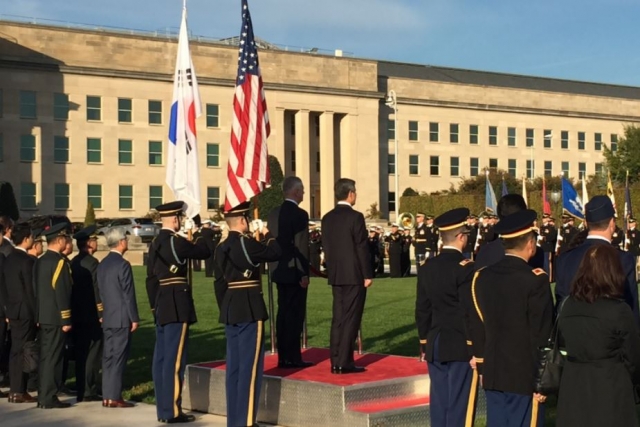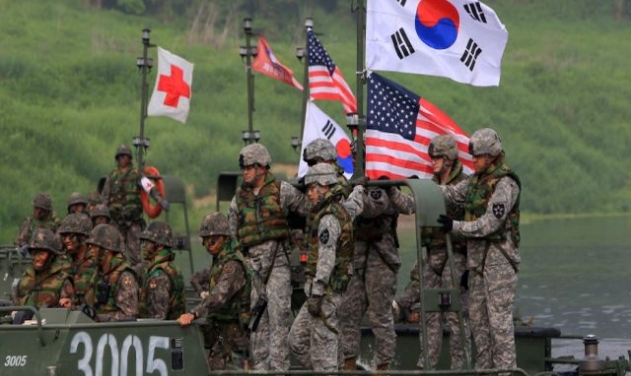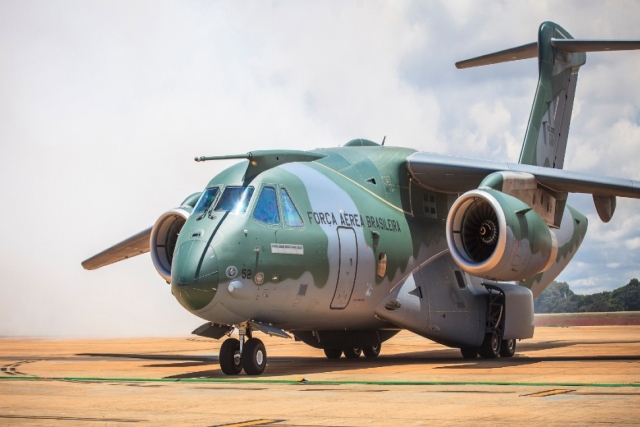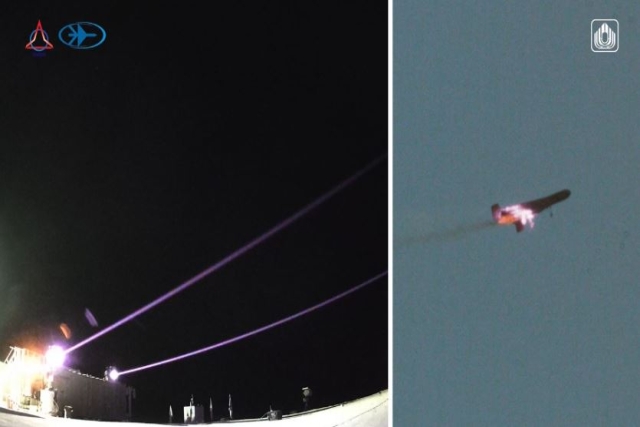South Korea, U.S. Finalize New Defense Cost-sharing Agreement for 2026-2030
The agreement will determine how the two allies share the financial burden of maintaining U.S. military forces in South Korea.
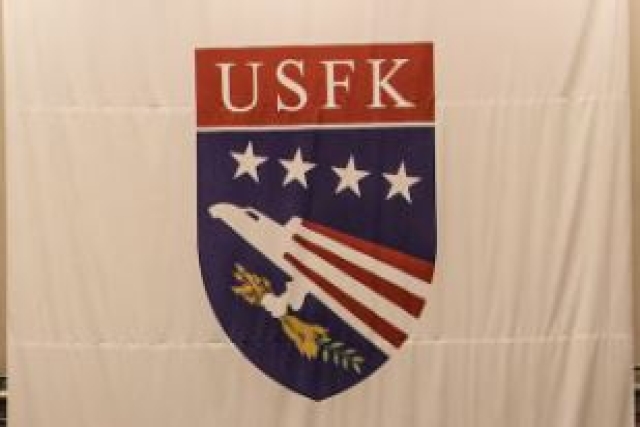
Seoul and Washington have finalized a new defense cost-sharing agreement that will cover the period from 2026 to 2030, the South Korean Foreign Ministry announced on Friday.
The agreement, reached after five months of negotiations, will determine how the two allies share the financial burden of maintaining U.S. military forces in South Korea.
The 12th Special Measures Agreement (SMA) was finalized during talks in Seoul from September 25-27, with the negotiations extending into October. Representatives from both nations initialed the agreement on Thursday at South Korea's Foreign Ministry, but it will take full effect only after completing domestic procedures, including ratification by South Korea's National Assembly.
The five-year framework under the 12th SMA will see South Korea's defense contribution in 2026 set at 1.5192 trillion won ($1.14 billion), an 8.3 percent increase from the 2025 total. The increase reflects an average 6.2 percent annual rise in defense cost-sharing over the past five years, increased support for U.S. Forces Korea (USFK) personnel, and rising military infrastructure costs.
South Korea's financial support for approximately 28,500 USFK personnel covers labor expenses for Korean workers, military construction costs, and logistical support for U.S. operations. The SMA is subject to renewal based on mutual consent, with negotiations often reflecting broader diplomatic dynamics between the two countries.
Notably, the 12th SMA changes the formula used to determine annual increases in South Korea's contributions. The new agreement ties future increases to South Korea's consumer price index (CPI), expected to be around 2 percent annually, with a cap at 5 percent for any year. This replaces the previous approach, which linked increases to South Korea's defense budget growth rate, resulting in an average annual increase of 4.3 percent under the 11th SMA.
The South Korean Foreign Ministry stated that the shift back to a CPI-based formula and the introduction of an upper cap were aimed at creating a fairer approach to sharing defense costs, addressing concerns over significant annual increases under the previous system.
In addition, the agreement clarifies that funds allocated for the maintenance of U.S. assets must be used only for those stationed on the Korean Peninsula, ending a practice where contributions were used for assets outside of South Korea, such as those in Japan. The new arrangement is intended to ensure that the focus remains on supporting U.S. Forces Korea.
The agreement will be signed officially once domestic procedures are completed in South Korea, which include a review by the Ministry of Government Legislation, Cabinet deliberation, and final approval by the President. The U.S. treats the SMA as an executive agreement, requiring only approval from the executive branch rather than formal ratification by Congress.
The timing of these negotiations, which began in April, came nearly 20 months before the current 11th SMA expires in 2025. The discussions were of particular interest to the Yoon Suk Yeol administration, which sought to avoid the challenges faced by the previous Moon Jae-in government during negotiations with the Trump administration over increased defense contributions.

